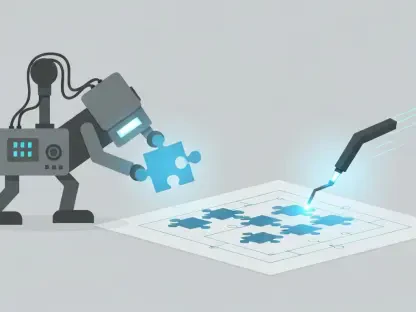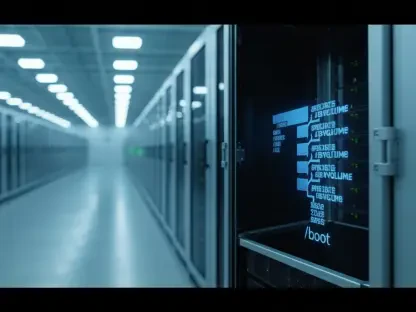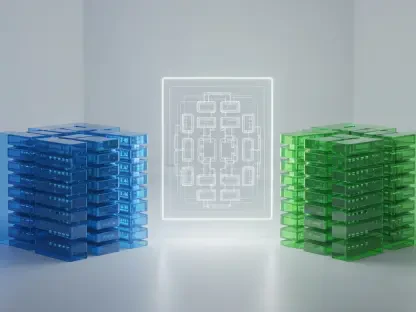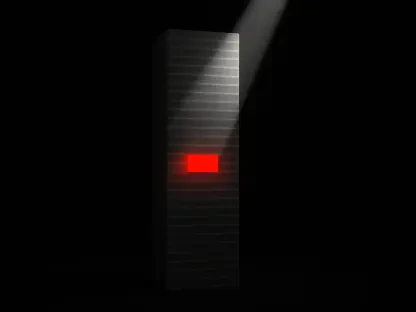The digital world is now more visually oriented than ever, and the push for captivating graphical interfaces is causing significant shifts in the design sector. This trend highlights the powerful yet often complex tools within the SVG (Scalable Vector Graphics) realm. As designers scramble to harness the versatility of SVG path elements, understanding their capabilities becomes increasingly crucial.
Understanding SVG Path Elements
SVG path elements serve as the backbone of vector graphics, allowing for the creation of intricate and scalable designs. These elements are not just mere lines or basic shapes; they encapsulate curves and arcs, providing a vast playground for creativity. The development and refinement of SVG paths represent a significant stride within the broader evolution of vector graphics technology, meeting the industry demand for high-quality, resolution-independent visuals.
Curves and arcs form the essence of this technology, offering designers more freedom and precision in their work. With advancements in browser support and design software, SVG paths have transitioned from a specialized tool to a mainstream necessity in graphic design.
Exploring SVG Path Curves
The Power of Bézier Curves
Bézier curves are among the most intriguing features of SVG paths, comprising both quadratic and cubic variants. These curves rely on control points that shape the curvature but do not appear in the final output. Quadratic Bézier curves require a single control point, while the cubic type employs two, enabling detailed manipulation and the creation of smooth, flowing shapes. Their utility extends to producing complex graphics, a feat challenging to achieve with simpler SVG elements.
Commands such as Q and T create quadratic curves, while C and S facilitate cubic curves, providing a palette for designers to craft intricate designs. These commands ensure smooth transitions between connected curves, thus enhancing the visual fluidity of the artwork.
Unraveling the Arc Command
Arc commands in SVG paths add another layer of complexity and design possibility. They allow for the incorporation of arcs, defined by a specific set of parameters. Although these commands may initially seem daunting, mastering them opens up new avenues for artwork like elliptical shapes and rounded contours. With variables controlling the arc’s size, rotation, and direction, designers can fine-tune their creations to achieve desired outcomes.
Applications of arc commands are diverse, supporting both aesthetic elements and functional graphics such as infographics and data visualizations. Mastering arcs transforms a designer’s toolkit, enriching their ability to convey shapes in a unique and effective manner.
Breaking New Ground in SVG Path Technology
Recent advancements in SVG technology spotlight noteworthy trends and industry shifts. Innovations have continued to bridge the gap between manual coding and user-friendly interfaces, providing designers greater control with less effort. Advanced libraries and tools are streamlining SVG path creation, enabling designers to achieve high fidelity without intricate coding knowledge.
The focus now falls on optimizing SVG path performance, with efficient rendering techniques being developed to ensure faster load times and responsive designs. As more industries adopt SVG, its applications grow, from web design to mobile apps and beyond, pushing the boundaries of what SVG paths can achieve.
Real-World Adoption and Experiences
Industries as diverse as advertising, media, and education leverage SVG path curves and arcs to bring their visual content to life. Companies use these paths for unique brand illustrations and dynamic interfaces, ensuring that visuals remain sharp regardless of screen size or resolution.
Design software solutions have embraced SVG technology, incorporating advanced path features into workflows to enhance productivity and creativity. Whether crafting logos or creating interactive data visualizations, SVG paths have become an indispensable part of the modern digital arsenal.
Overcoming Challenges in SVG Path Usage
Despite its prowess, SVG path technology is not without challenges. Designers may find the learning curve steep, especially when dealing with intricate paths and arcs. The technical demands can also hinder broader adoption, as performance issues may manifest with complex graphics or large datasets.
Market accessibility continues to improve as toolsets evolve and educational resources proliferate, devising solutions for users at various skill levels. Efforts are underway to address these challenges, fostering a more inclusive environment for mastering and deploying SVG path technology.
Future Directions in SVG Path Evolution
Looking forward, the future of SVG path technology appears promising, with potential breakthroughs on the horizon. Anticipated advancements include more intuitive design tools and enhanced integration across digital platforms. The evolution of SVG paths promises to redefine vector graphics, empowering designers with tools to push creative boundaries further.
As industries continue to evolve, so too will the role of SVG paths, ensuring they remain at the forefront of digital innovation. The continuous refinement of this technology is set to leave a lasting impact on the vector graphics landscape.
Drawing Conclusions on SVG Path Curves and Arcs
In reviewing SVG path curves and arcs, it becomes evident how these elements have redefined the digital design domain. As tools and resources progress, the technology stands to offer even more potent capabilities. Designers wielding SVG paths not only ensure readiness for today’s challenges but also prepare for tomorrow’s opportunities, enhancing the visual tapestry that defines the digital age.









